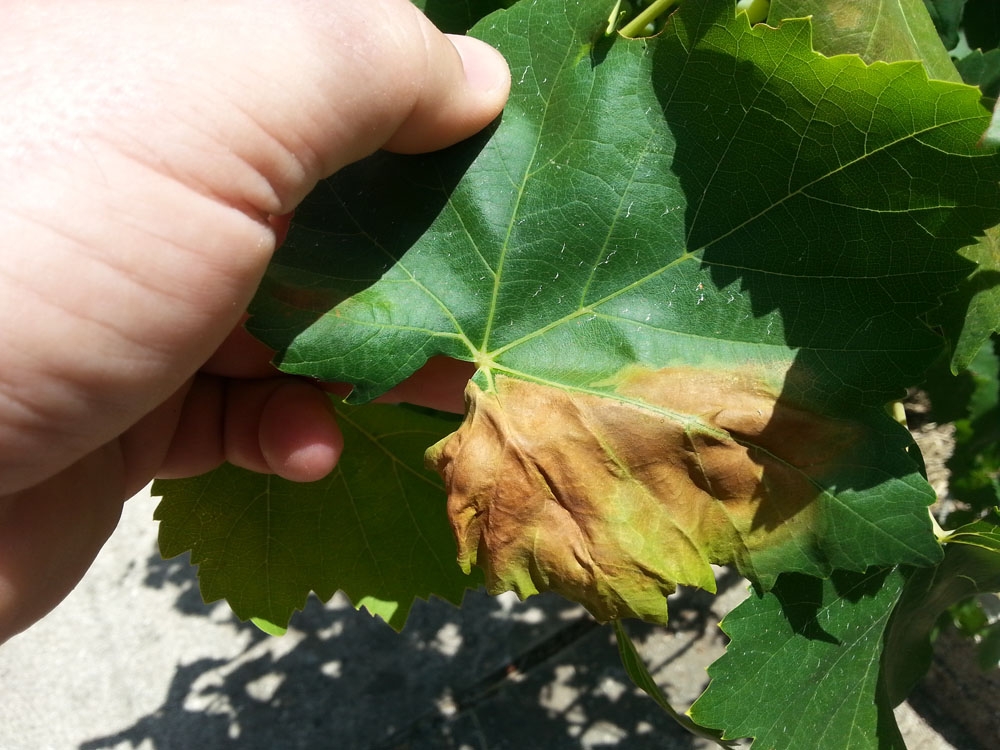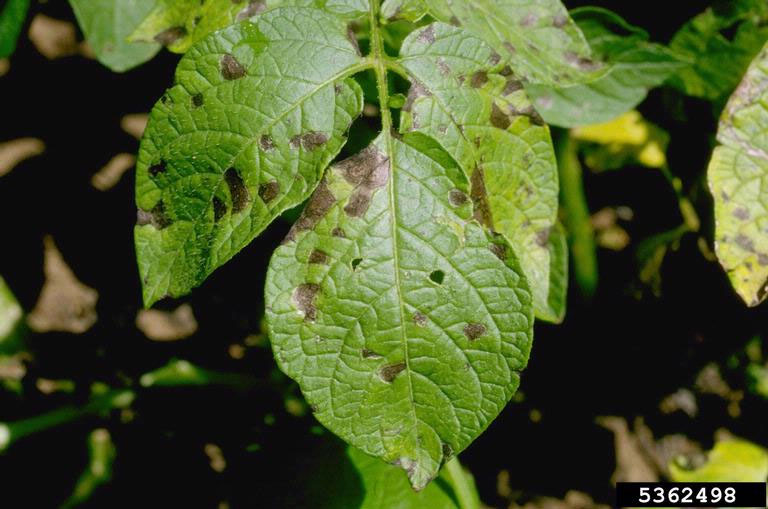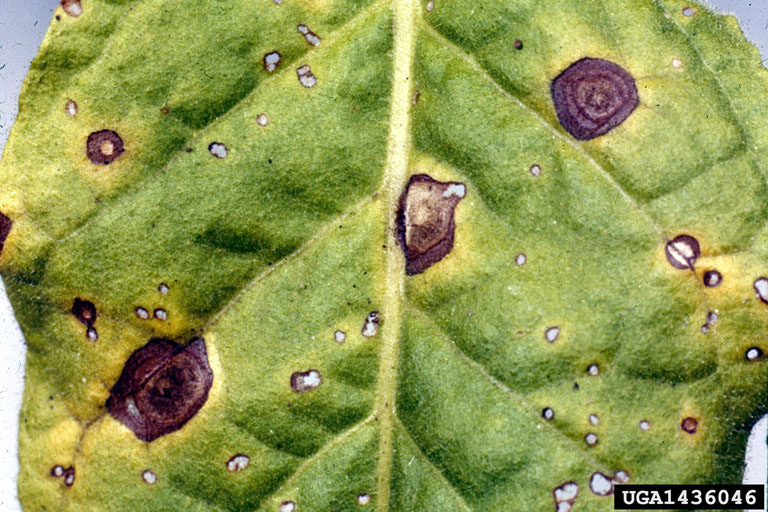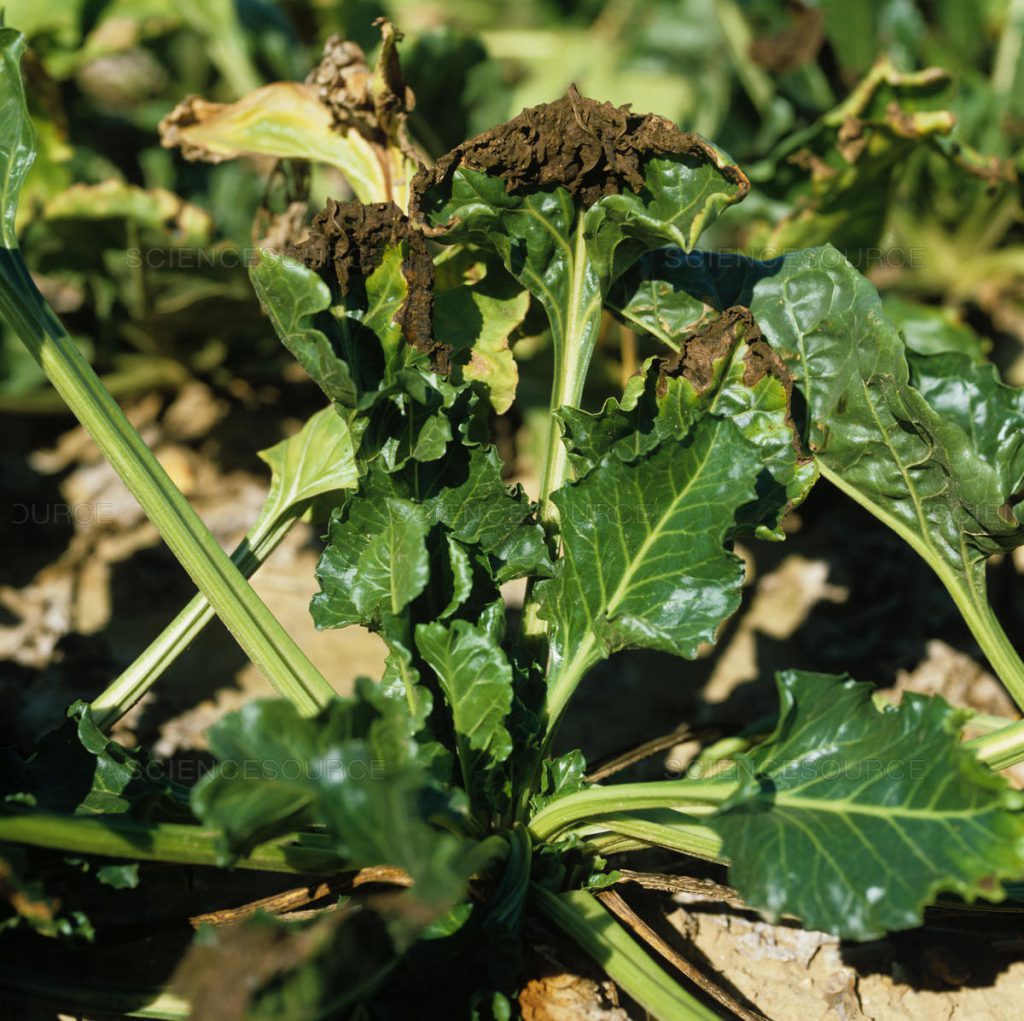Botrytis has a worldwide distribution and affects almost all cultivated plants. It is a real threat to marketable production because, in addition to quantitative losses, it also reduces product quality. In the vineyard, the infestation from botrytis bunch rot or grey mold of grape has a negative impact on wine making and wine quality, due to its effect on fermentation. In addition, it causes losses in production post-harvest, during transport and storage of the grapes.
Scientific name: Botryotinia fuckeliana, Botrytis cinerea
Other names: grey rot, grey mold
Greek name: Τεφρά σήψη, Τεφρά σήψη αμπέλου, Βοτρύτης
Symptoms
Botrytis bunch rot or Grey mold of grape attacks all green above-ground parts of the vine, the inflorescences which dry out and especially the grapes before or after harvest.
A dark spot initially appears on the grape berry, which spreads and eventually causes rotting. Eventually, the affected tissues become brown, shriveled and often “mummified”. With a moist atmosphere, the affected organs are covered with a grey mold (exudation from fungal carpophores).
Tender shoots, leaves and flowers are affected only when high humidity conditions prevail in spring; infestations manifest themselves as brown areas on the internodes and tender tops, which cause rotting and drying. On the leaves the disease appears in the form of large necrotic spots starting from the periphery of the lamina.
Pathogen – Growth conditions
The disease is caused by the fungus Botrytis cinerea (perfect form: Botryotinia eliana). The pathogen survives on dead plant tissue, as a saprophyte, on affected plant tissue and also with its sclerotia. High relative humidity is a key condition for the development of the disease, while temperature does not seem to play a role, as the fungus can grow in a wide temperature range. When favourable conditions prevail, the mycelium of the pathogen grows rapidly and forms abundant spores (conidia). These conidia are dispersed by air, rain (and even by hands, clothes and tools) and cause infections. Infection of young grapes is mainly due to previous infestation of the inflorescences, while mature grapes may be infected directly by spores of the fungus. Rainfall during grape ripening, especially in dry vineyards, creates ideal conditions for fungal infections. Botrytis infections may follow (secondary) after insect infestations or tearing of rails by the oidium. Injuries to plant parts, especially rails, due to weather conditions, poor handling or other causes, also facilitate the entry of the fungus.
Treatment
In order to treat botrytis bunch rot or grey mold of grape, it is recommended that a program of preventive measures be applied depending on the climatic conditions. In areas where there is a problem of “early” botrytis, it is recommended that spraying starts at flowering. A typical treatment program includes spraying after “bunching”, before “grape closure”, at grape “polishing” stage and to avoid late blight in table varieties until before harvest. In addition, measures should be taken to avoid wounding during cultivation and appropriate defoliation should be applied for better aeration of the grapes.
Comments
To prevent the development of botrytis resistance, alternation or mixing of formulations with different mechanisms of action is recommended.
Source
www.bayercropscience.gr
Botrytis cinerea
Botrytis
Tags: BOTRYTIS • PLANT DISEASE • VINEYARD





